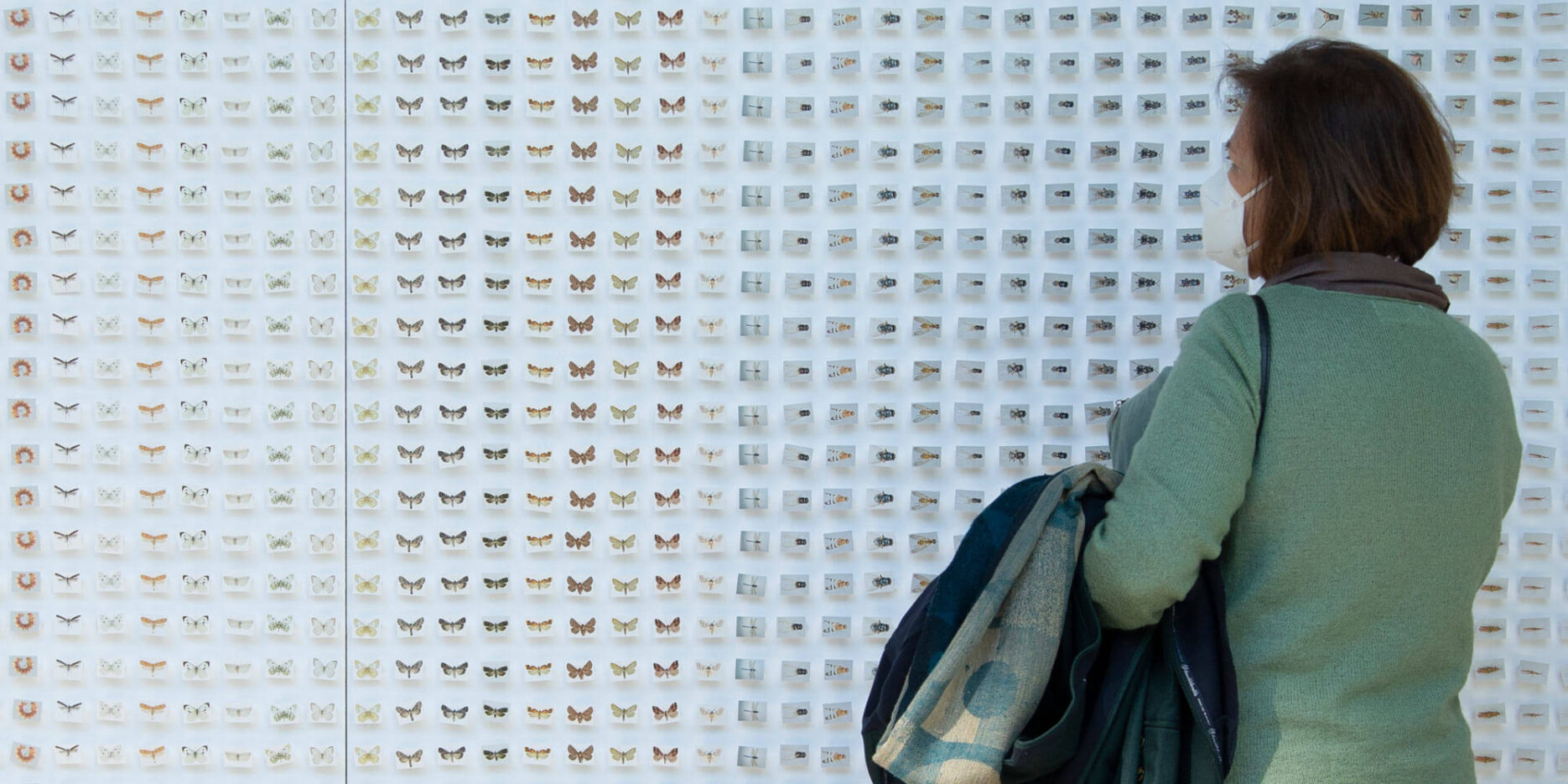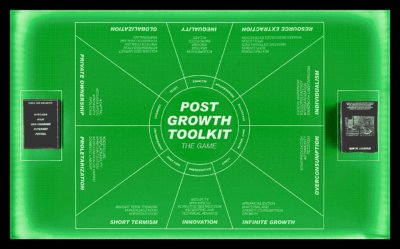Door: Joana Moll
“In 1971, a group of international engineers designed the first commercial microprocessor in history, Intel 4004. This event marked a decisive moment in recent history, as for the first time it was possible to translate intelligence to an inanimate object, which opened a new era in technological development and the emergence of a new techno-capitalism imaginary. Interestingly, while humanity began a never-ending process based on perfecting and increasing the power of this new artificial intelligence, the planet’s wildlife began to become extinct at an exorbitant rate. According to a study published in 2014 by the WWF, since 1970 humanity has wiped out 50% of the planet’s species. It seems that there might be a correlation between the ubiquity of microprocessors, the rise of their computational power, and the acceleration of extinction processes. In order to illustrate this, the project establishes a link between the exponential growth of microprocessor and the decline in both number and diversity of species—in particular insects, who form an essential part of our ecological infrastructure and have been declining at alarming levels, with reports suggesting that a quarter of insects could be wiped out within just a decade. The Inanimate Species display seeks to highlight the subtle but continuous replacement of the natural order by technological advancement and reflects not only on the cannibalization of ecologies, but also on the problematics of visibly representing climate change. Ultimately, Inanimate Species sets out to expose the links between the explosion of techno-capitalism, the acceleration of climate change, and resulting decline of essential ecosystems.”
https://ars.electronica.art/starts-prize/en/inanimate-species/




